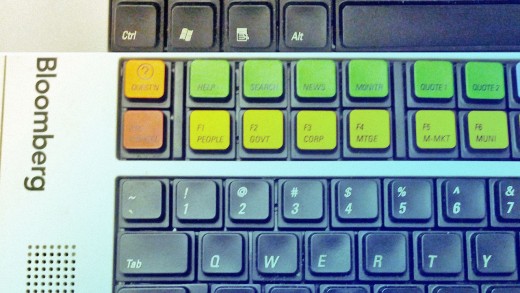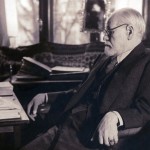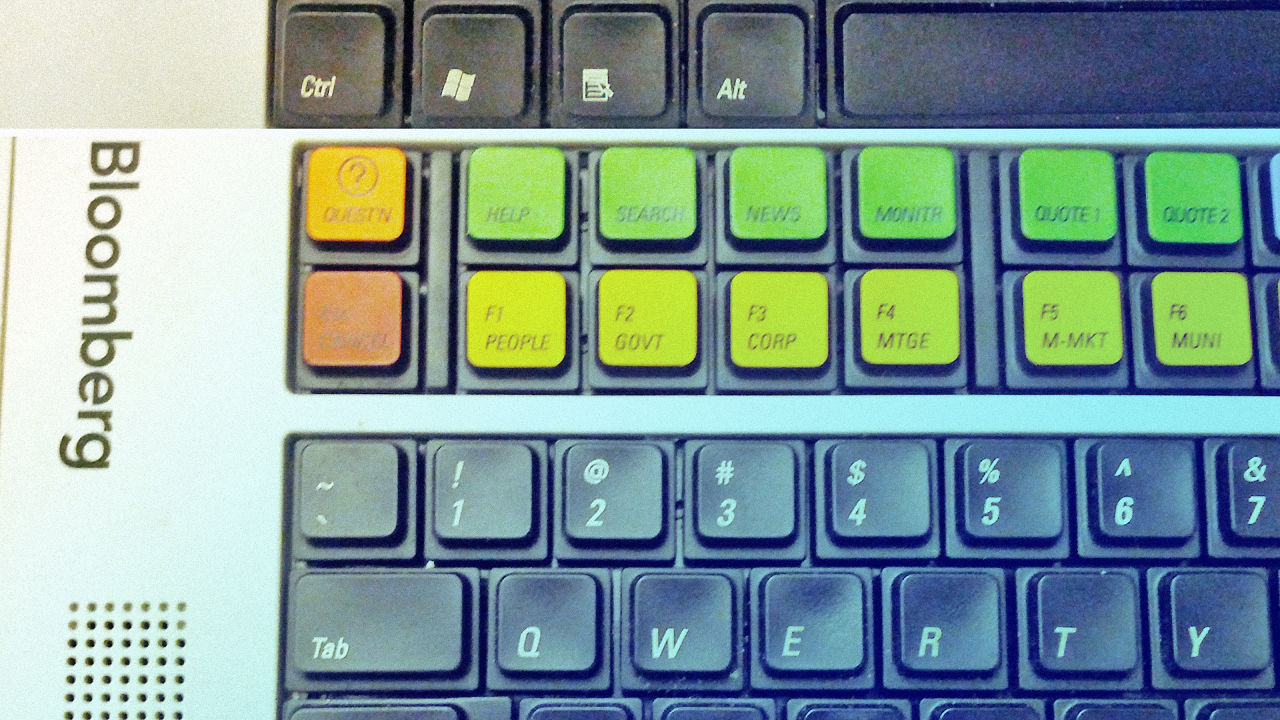How the Bloomberg Terminal Made history–And Stays Ever related
the computer history Museum is making room for an progressive device that arrived in 1982 and has by no means stopped evolving.
October 6, 2015
through definition, any computing platform invented within the first half of the Eighties that has survived unless 2015—and is an enormous trade—has comprehensive one thing remarkable. there may be the home windows pc, which traces its heritage back to the unique IBM pc announced in August 1981. there’s the Mac, which famously debuted in January 1984.
and then there’s the Bloomberg Terminal, which hit the market in December 1982.
not like the pc or the Mac, the Terminal has at all times catered to a distinct segment—traders and different finance mavens—which is why most people have never considered one in individual. however it’s one of the vital trade’s few actually enduring successes. it is mattered so much that a present Bloomberg Terminal setup is considered one of a handful of artifacts in “instruments of the exchange,” a new show at Silicon Valley’s computer historical past Museum that traces the history of monetary expertise, starting with the tokens utilized by ancient Sumerians to trace the buying and selling of items comparable to sheep, which eventually ended in the invention of the clay pill.
“We begin the story 10,000 years ago, which is why we’ve got the clay tokens,” says computer historical past Museum Curator Dag Spicer. “There’s a purpose we put them right beside the Bloomberg Terminal, to provide the alpha and omega of buying and selling. buying and selling, as a human process, is something that’s been with human civilization because the starting.”
that is the Bloomberg Terminal’s 2d museum look this yr: The Smithsonian’s nationwide Museum of yank history included two Terminal keyboards in an showcase on American endeavor, including one who belonged to legendary bond dealer invoice Gross.

good Timing
The Bloomberg Terminal of nowadays—which, conversing more exactly, is a service often called Bloomberg professional—offers more than 325,000 subscribers with everything from an array of information on monetary issues to a chat device to the power to actually execute trades. It methods 60 billion items of knowledge from the market a day. yet it’s still recognizable as a descendant of its 1982 progenitor, just as a 2015 MacBook retains the DNA of the 128K edition from 1984.
the story of its advent is considered one of a scrappy little company enticing in technological innovation, nevertheless it’s no longer the basic born-in-a-garage startup story. Michael Bloomberg had been a normal partner at funding financial institution Salomon Brothers, where he was compelled right into a job heading IT building after which pushed out of the corporate altogether. In 1981, at the age of 39, he took his $10 million severance and started a company called innovative Market programs, later to transform Bloomberg LP. IMS called its product Market grasp to start with, and the 20 original gadgets went into carrier at Merrill Lynch at the end of 1982.

know-how corporations had been working on bringing automation to the stock market for years, with gadgetry such as the Telequote III relationship to the late 1960s. but Bloomberg’s timing was once fortuitous, despite the fact that the corporate bought going throughout a raging recession. within the 1980s, stock exchanges from big apple to Tokyo were going electronic, a prerequisite for a very subtle online service for traders. it’s what enabled not handiest the Terminal however different units similar to 1984’s method-ahead of-its-time QuoTrek, a wi-fi handheld gizmo for traders.
large companies reminiscent of Dow Jones and Reuters had been desperate to make the most of this revolution in monetary information, too. but identical to lately, being small, centered, and unburdened through legacy issues was once a bonus. “Bloomberg was once this new startup that was once nimble, that used to be experimenting, that was once fighting towards the Goliaths of the time,” says Marguerite Gong Hancock, executive director of the computer history Museum’s middle for Entrepreneurs.
Michael Bloomberg himself talked like the startup guys of later many years when the new york times interviewed him for a may just 1982 article about launching corporations during an economic downturn. “This is a fascinating time,” he said. ”you could’t exit and begin a metal mill, however the position of the business cycle and the speed of technological exchange are such that people can go and begin small corporations when they have got a number of individuals with excellent concepts.”

As Bloomberg’s 1997 memoir Bloomberg on Bloomberg notes, Merrill Lynch owned 30% of his firm in the early years and benefited from an exclusivity agreement that averted Bloomberg from selling Terminals to Merrill Lynch’s major competitors. in the late 1980s, Bloomberg successfully lobbied Merrill Lynch to end this restriction, whereupon it began to develop through 25% to 30% a year. It additionally upgraded the Terminal on an ongoing basis with new applied sciences: shade, for instance, in 1991, and flat-panel shows five years later.
The Terminal, evolved
one of the most extraordinary issues in regards to the moniker “Bloomberg Terminal” is that it is a nickname relatively than an authentic model. (“people continuously seek advice from the ‘Bloomberg Terminal’ when speaking concerning the Bloomberg skilled provider,” explains the Bloomberg website, which doesn’t have any possibility but to confront the difficulty.) And enduring although the nickname is, it is a wildly inadequate approach to describe what the corporate deals as of late.
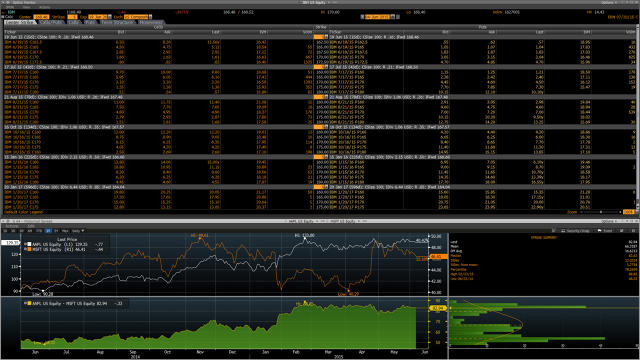
A terminal, in any case, is a bit of dedicated, all-in-one hardware for connecting to a network. that is what Bloomberg once sold. but two decades ago, it began to let subscribers get entry to the service from a computer. as of late, the hardware aspect of the carrier is a suite of accessories—a custom keyboard with keys comparable to equity, GOVT, and news, the credit card-sized B-Unit fingerprint scanner, a slick, optional twin-screen display—that customize windows PCs for use with Bloomberg professional.
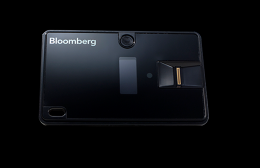
still, there’s one thing . . . neatly, terminal-like about Bloomberg professional’s interface. In 2015 as in 1982, the funding pros who use the service prefer to gorge on knowledge, so screens are dense with text, so much of it in tabular type, complemented with charts the place applicable. The default continues to be amber characters on a black history, a coloration scheme that used to be not unusual in the early days of computing—and that remains simple on the eyes even though it was long ago supplanted almost in other places else by means of black textual content on a white backdrop.
Bloomberg professional does get slightly graphical in spots: as an example, it offers a feature that allows you to track ships carrying commodities as they trip around a map, a bit of of intelligence that may be very treasured to a trader. it can be nonetheless about knowledge: “you can see the place of each ship on this planet,” says Zach Haehn, head of R&D for Bloomberg’s San Francisco operation. “What they are carrying, how fast they’re going, where they are going.” (four hundred years ago, Dutch merchants used telescopes to stare upon far-off ships for the same motive—a fact cited in the pc history Museum’s “instruments of the exchange” exhibit.)
though it can be now imaginable to use the service on any web-linked computer—in addition to on wireless units akin to smartphones and drugs—the fact that Bloomberg operates its own non-public community, isolated from the flaky, insecure internet, is still core to the idea that. “When it started out, [the Bloomberg service] used to be basically a time-sharing machine, with terminals,” says pc historical past Museum curator Marc Weber. “It used to be in the ’90s that it changed into actually networked. many of the personal networks have disappeared. This is among the few [that remains], and finance is evidently some of the areas where individuals price the privateness, safety, and velocity. that is an area the place milliseconds depend.”
“Our network is really about regulate,” says Shawn Edwards, Bloomberg’s CTO. “it’s about having the ability to manage our personal machine and have wonderful grain control. it is expensive, but it surely’s value it to us.”
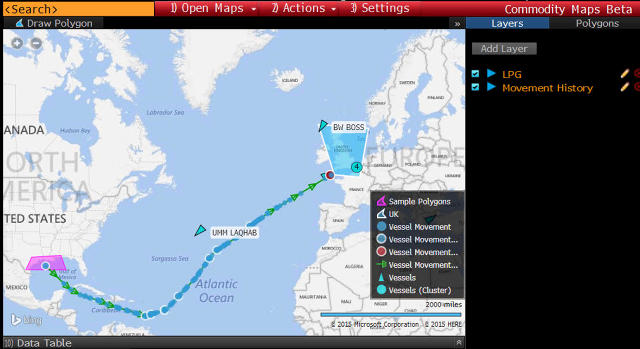
When Haehn gave me a demo of Bloomberg professional, the biggest surprise wasn’t what the carrier could do, however how fast it did it. monitors full of information popped into location with such alacrity that it almost felt like a mocked-up simulation. however it was once real reside data being streamed over Bloomberg’s non-public community.
As an engineering problem, the necessity for velocity isn’t just about introducing new features with out performance degradation. “it’s getting worse,” says Vlad Kliatchko, Bloomberg’s head of R&D. “the volume goes up. The crazy pace necessities are going up. We used to put information in entrance of people, and only needed to do it so quick. Now many of our techniques are linked to buyers’ computer systems, which like to look issues quicker than people.”
Going West
Bloomberg has four,000 engineers and makes tweaks to its carrier each day. however in some respects, it should make them with out it being too painfully evident that anything else’s different. “we now have an extremely loyal consumer base,” says Edwards. “they may be very inspired in what they are doing with the terminal. it may be a problem even changing a font ever so fairly. individuals will notice it and complain. on the related time, if we don’t exchange and evolve, we are going to fall at the back of. it can be a really attention-grabbing balancing act.”
maintaining with customers’ expectations requires the company to make the most of the latest tendencies impacting instrument engineering. for instance, it’s been aggressively adopting open technologies such because the Hadoop giant-information framework and Solr search platform. simply as essential, it needs to have a shot at hiring world-classification developers—the type of folks who, in the event that they weren’t serving to to shape the way forward for the Bloomberg provider, may well be working at Google, facebook, or some crimson-sizzling startup.
With this in thoughts, the corporate opened a West Coast know-how Hub ultimate may just in San Francisco’s South of Market neighborhood, on two flooring of the Pacific phone & telephone building, a 1925 art Deco gem that was once the city’s first skyscraper. The presence lets the company hire engineers from a wealthy talent pool and most often make stronger its ties with the Bay house tech community.
For Bloomberg, insinuating itself into a geeky tradition three,000 miles from its new york house base is an ongoing effort. “Most [job candidates] don’t know so much about us,” explains Haehn. “They learn about us from a television perspective, a media viewpoint, a information standpoint. They would possibly had been to our website or our iPhone app. and so they don’t even do their homework ahead of the interview, which tells you a large number about the way in which the developer market is right now. They’re identical to, ‘no matter.'”
“however each as soon as in awhile, I meet [someone] at a hardware company or a networking firm,” he says. “they usually recognize the whole thing about us. They’re like, ‘Oh yeah, you guys have pushed us to the limit.’ They’re impressed.”
(325)

